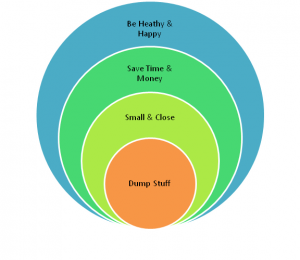When you were in middle school I bet your parents started eyeing your friends more carefully. They asked about their parents and how they did in school and what kind of rules they had in their home. If they saw a group of kids hanging at the mall or on the street corner goofing and smoking, they wanted to be sure none of them were your friends.
Your parents were worried about bad influences. They fretted about Johnny, who you might skip a class with, or Brenda, who might encourage you to drink that first beer – while they remained totally oblivious to the influencers that would torpedo your ability to accumulate wealth.
BMW, Lexus, Infiniti, Rolex, Prada, Dooney &Burke, Ralph Lauren, Sony and Apple are the influencers your parents should have warned you about. These influencers and others like them have helped way too many high earners become low accumulators of wealth.
Wealth is not how much you make and it is certainly not how much shiny, (and rapidly depreciating) stuff you have. Wealth is what you have managed to hold on to.
In The Millionaire Next Door, Stanley & Danko gave this little formula to gauge how you are doing at building wealth.
(Age x pre-tax Income)/10 Should Equal Net Worth
For pre-tax income include all sources, other than inheritance.
This formula is just a quick and dirty estimate of what your net worth should be. To be in the top 25% (where we all should want to be) your net worth needs to be twice the result of the calculation.
If you’re not in the top 25%, it has everything to do with your spending. Having been bombarded your whole life with slick ad campaigns about what purchases you need to make to be happy, you have fallen prey to professional influencers.
I have nothing against any of the companies mentioned. They all make great stuff, and if you are going to have stuff, at least have good stuff. I just want you to think. Just as your parents did when you were in middle school, I’m going to tell you to make your decisions based on what’s right for you and your future. Don’t do something just because everyone else is.
